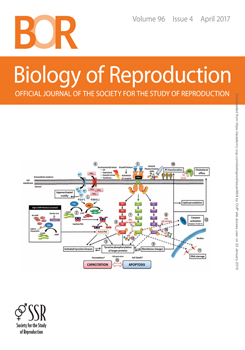Embryonic diapause is a period of developmental arrest which requires coordination of a molecular cross-talk between the endometrium and blastocyst to ensure a successful reactivation, but the exact mechanisms are undefined. The objectives of this study were to screen the tammar blastocyst for potential diapause control factors and to investigate the potential for members of the epidermal growth factor (EGF) family to coordinate reactivation. A select number of factors were also examined in the mink to determine whether their expression patterns were conserved across diapause species. The full-length sequences of the tammar genes of interest were first cloned to establish their level of sequence conservation with other mammals. The uterine expression of EGF family members EGF and heparin-binding EGF (HBEGF) and their receptors (EGFR and erb-b2 receptor tyrosine kinase 4 (ERBB4)) was determined by quantitative reverse-transcriptase polymerase chain reaction (RT-PCR) and immunohistochemistry. Both HBEGF and EGF were significantly upregulated at reactivation compared to diapause. In the blastocyst, the expression of the potential diapause factors Forkhead box class O family members (FOXO1, FOXO3, and FOXO4), tumor protein 53 (TP53), cyclin-dependent kinase inhibitor 1A (CDKN1A), and the EGF family were examined by RT-PCR and immunofluorescence. Nuclear (and hence active) FOXO expression was confirmed for the first time in a mammalian diapause blastocyst in both the tammar and the mink—CDKN1A was also expressed, but TP53 is not involved and EGFR was not detected in the blastocyst. These results indicate that the EGF family, FOXOs, and CDKN1A are promising candidates for the molecular control of embryonic diapause in mammals.
The FOXOs and CDKN1A are potential novel candidates tomaintain the blastocyst during diapause and the EGF family is confirmed in two species to be specifically expressed at reactivation from diapause.





